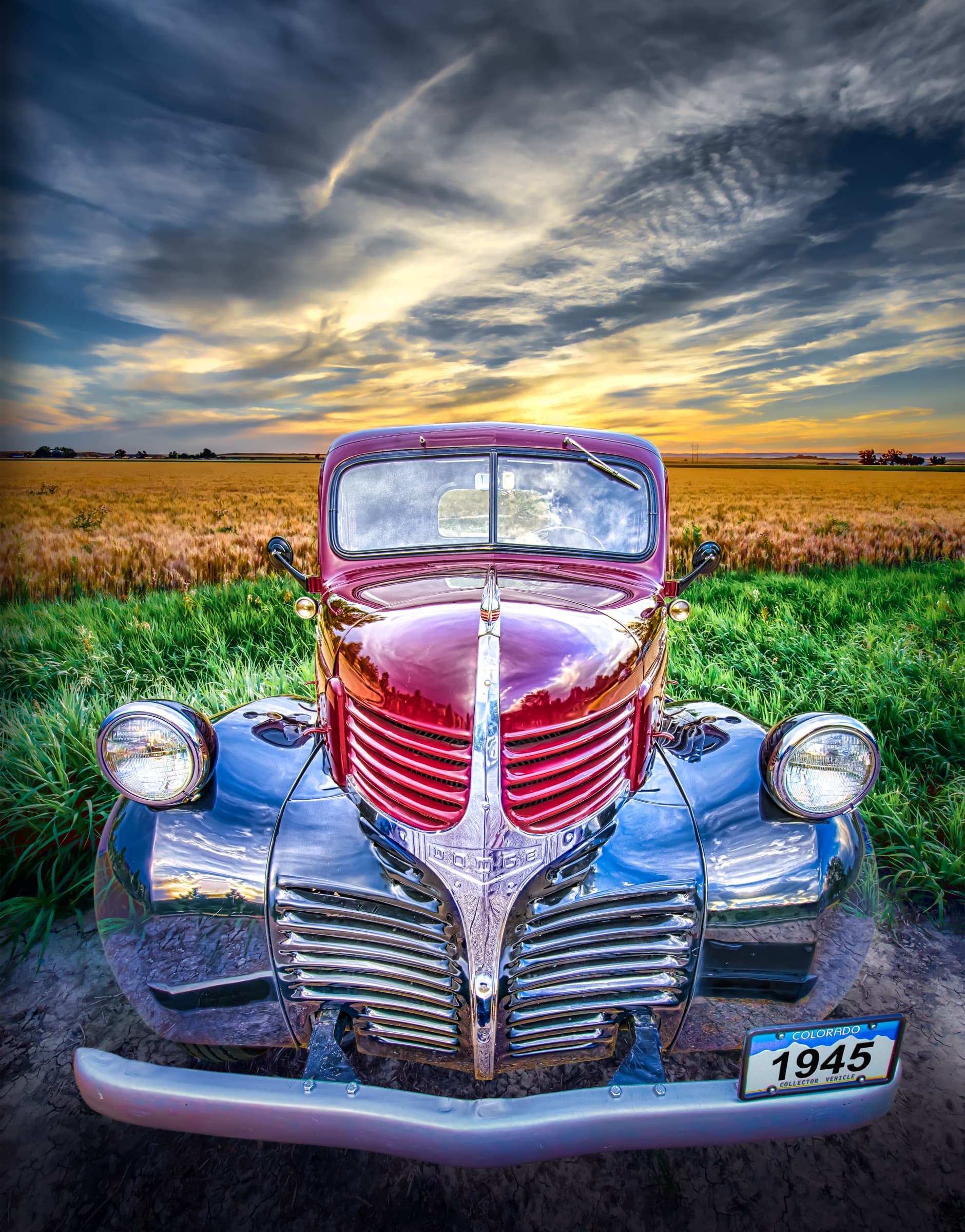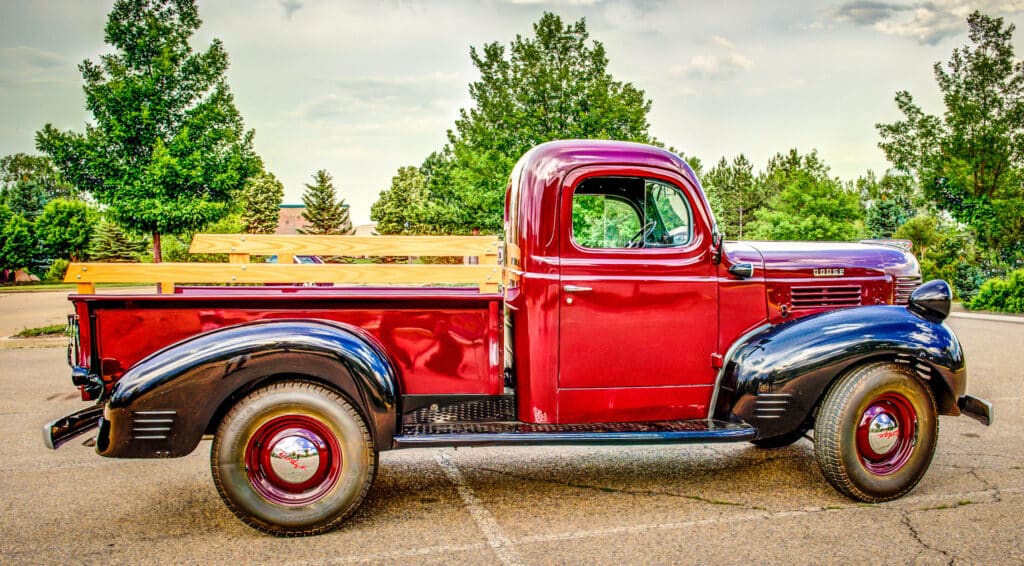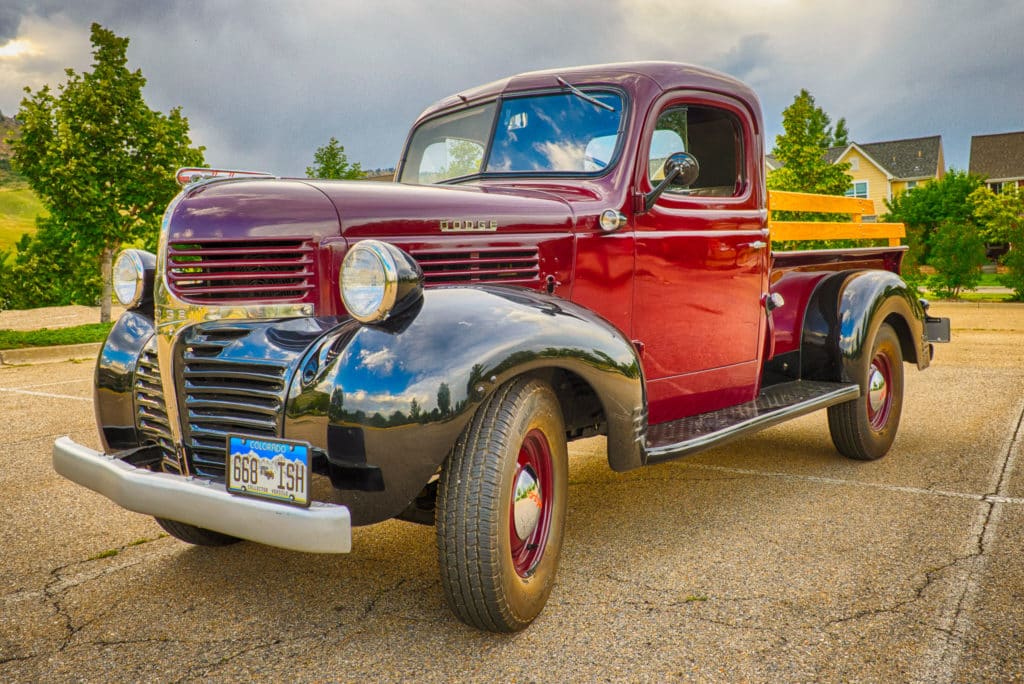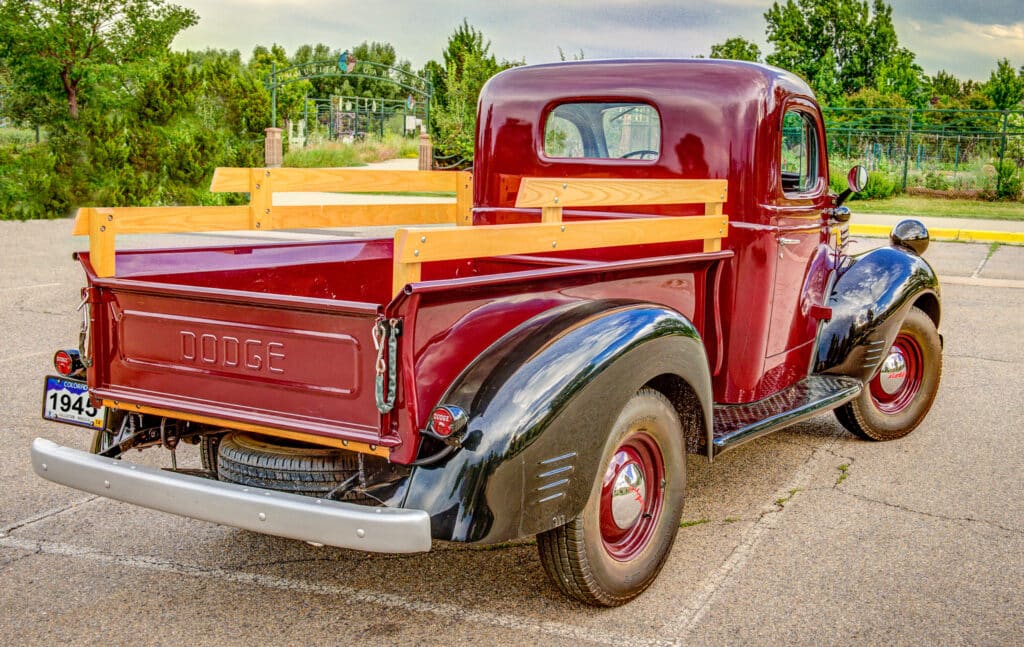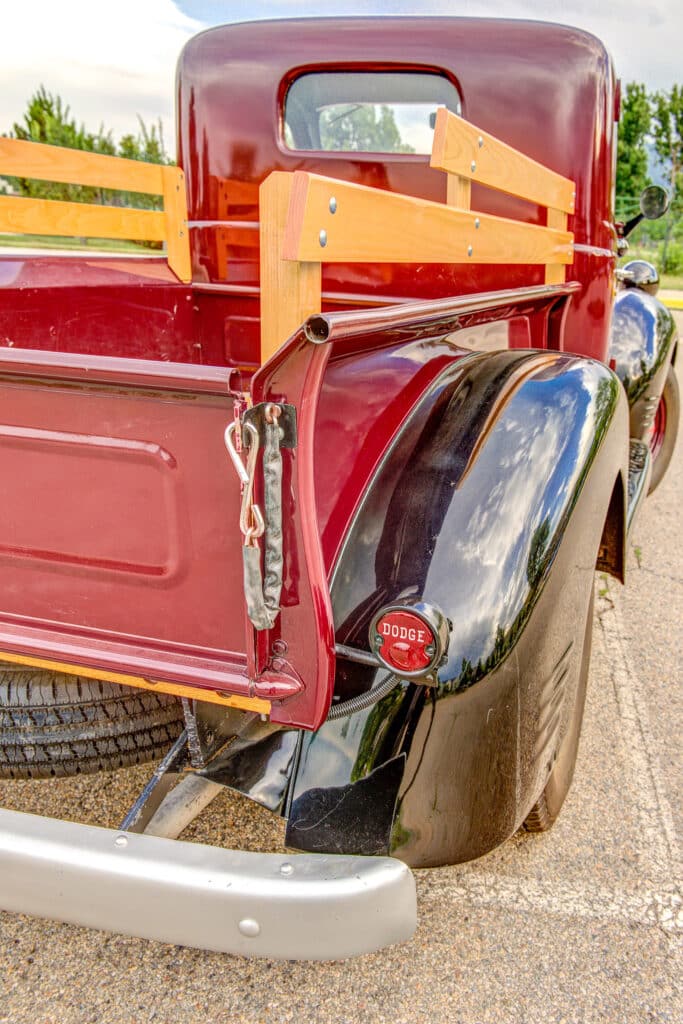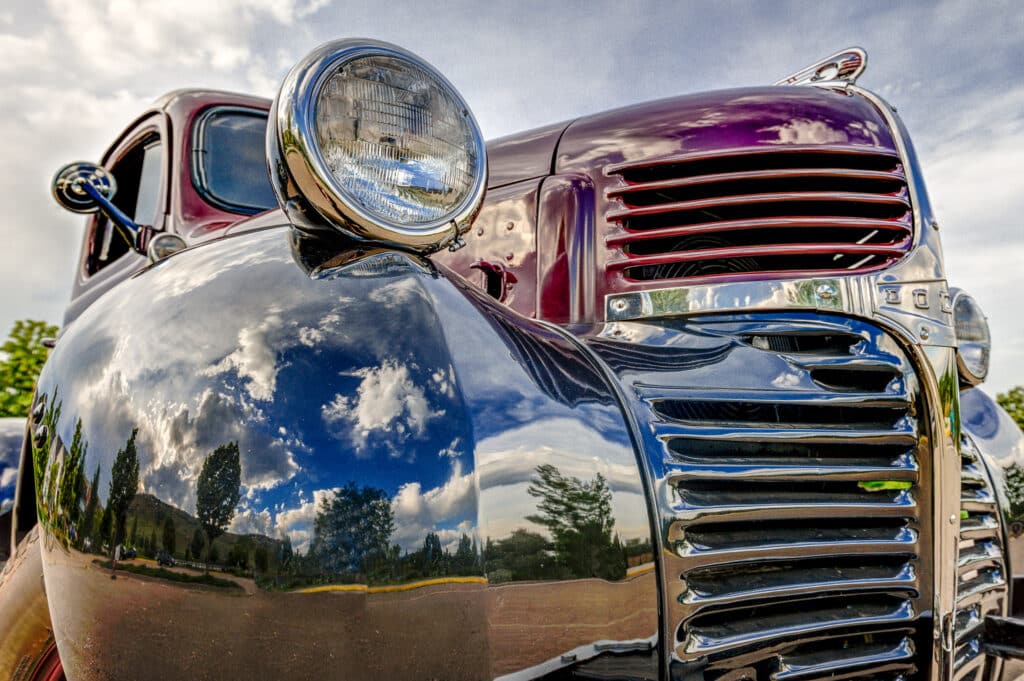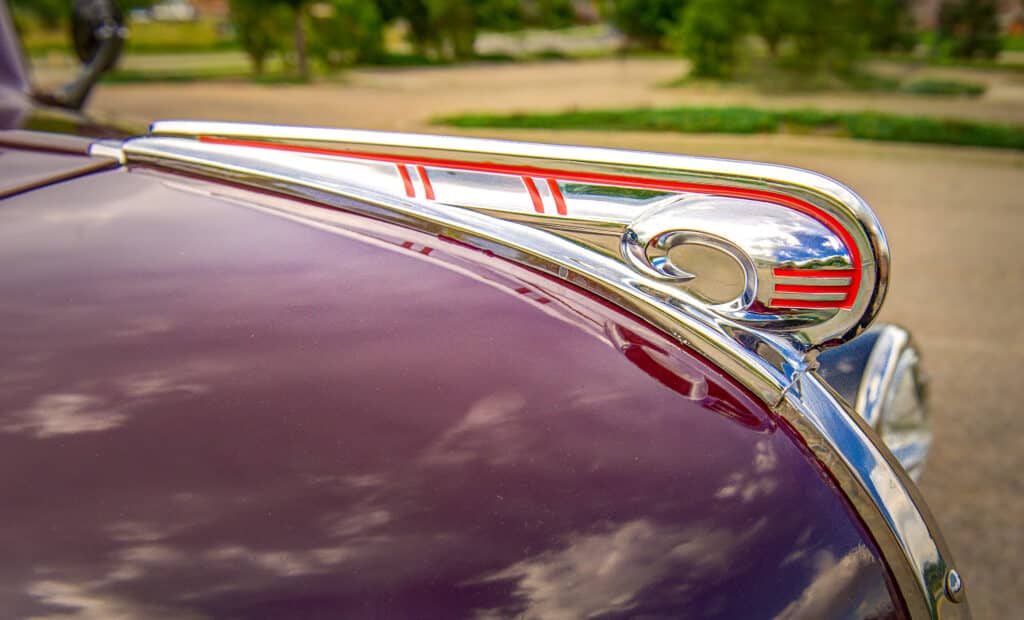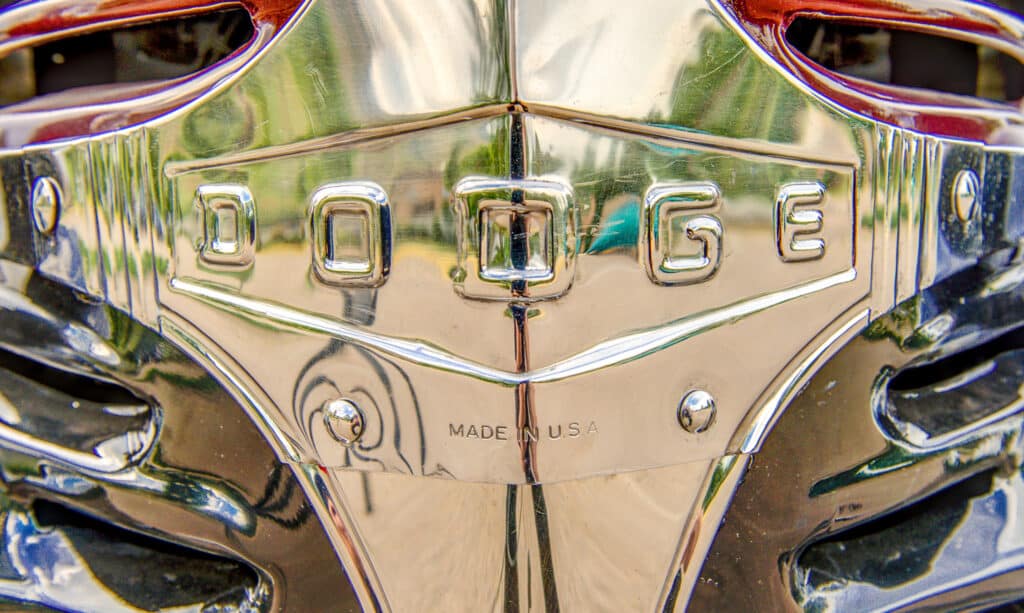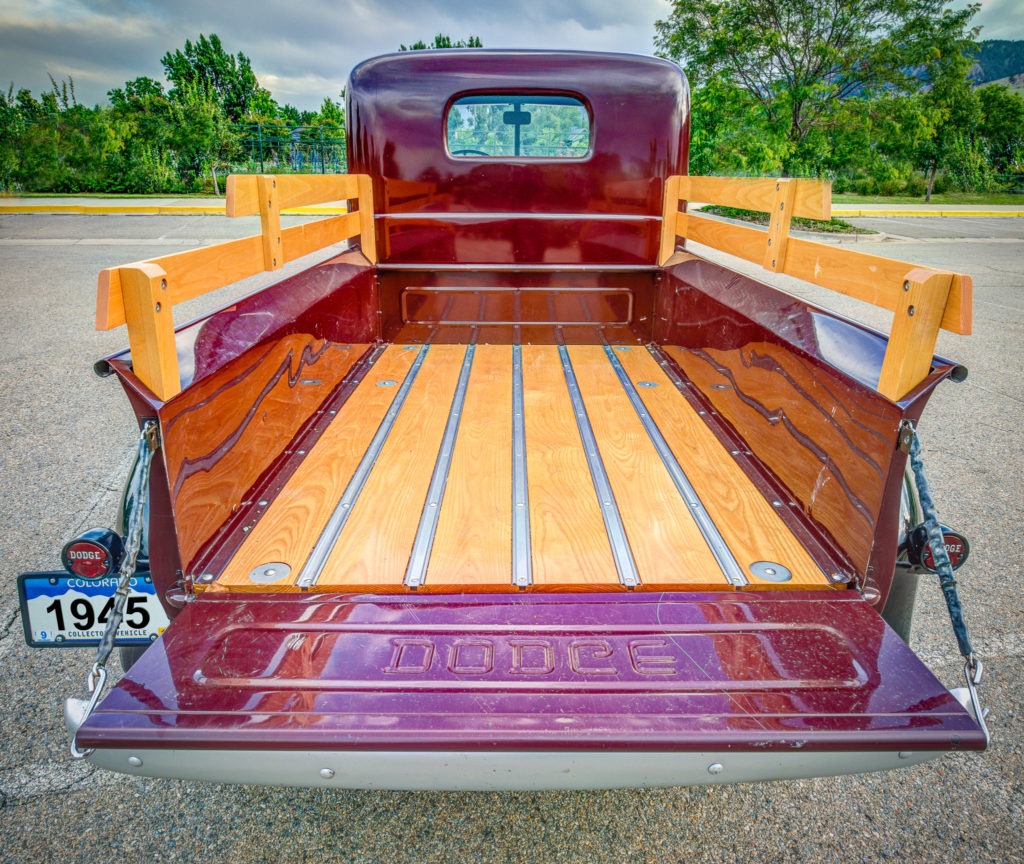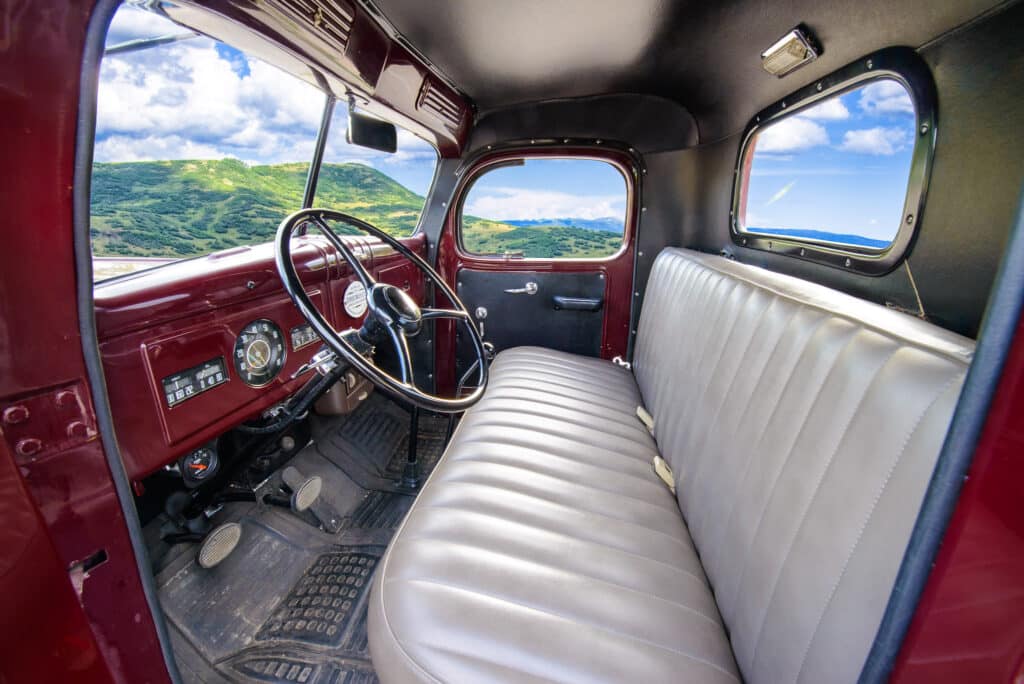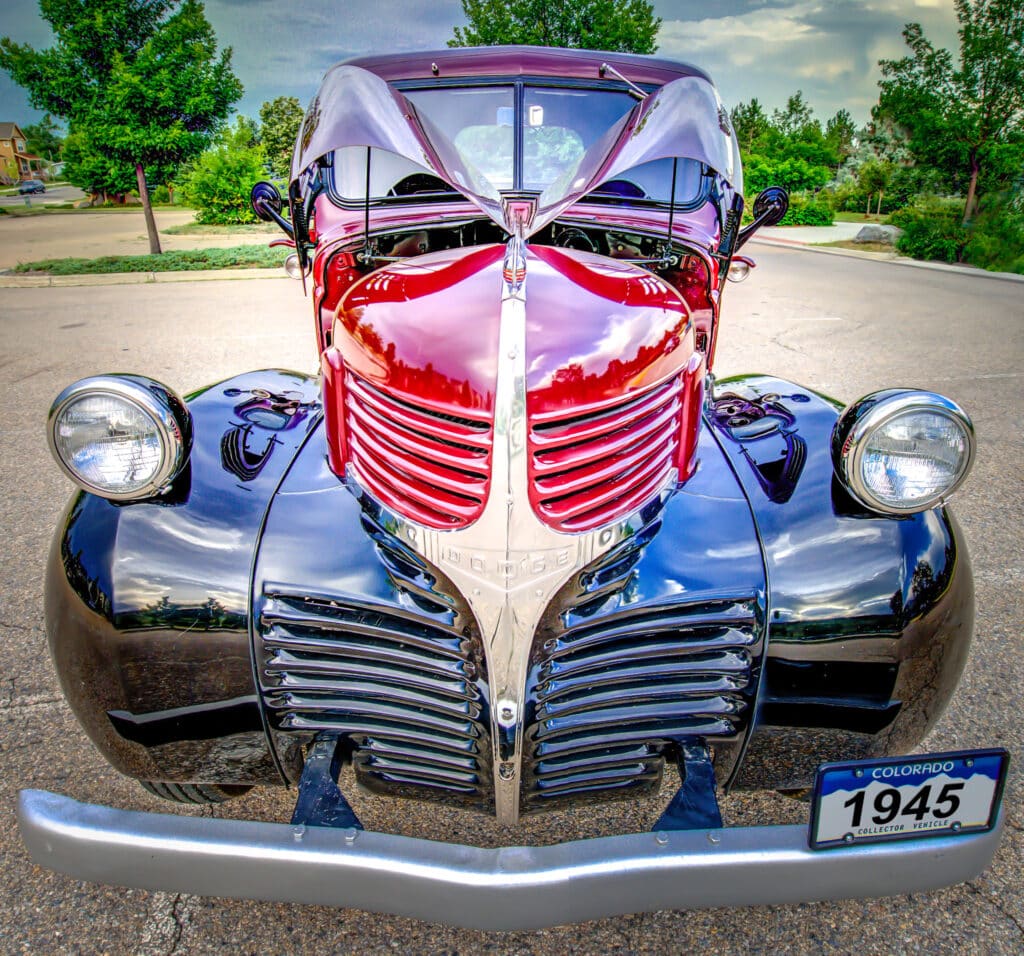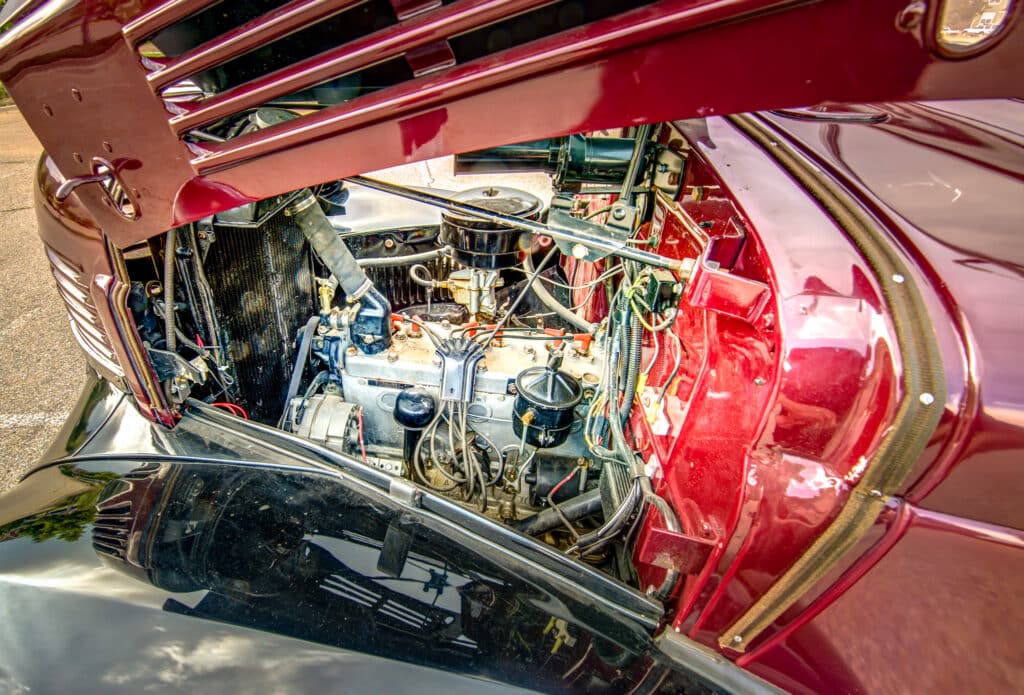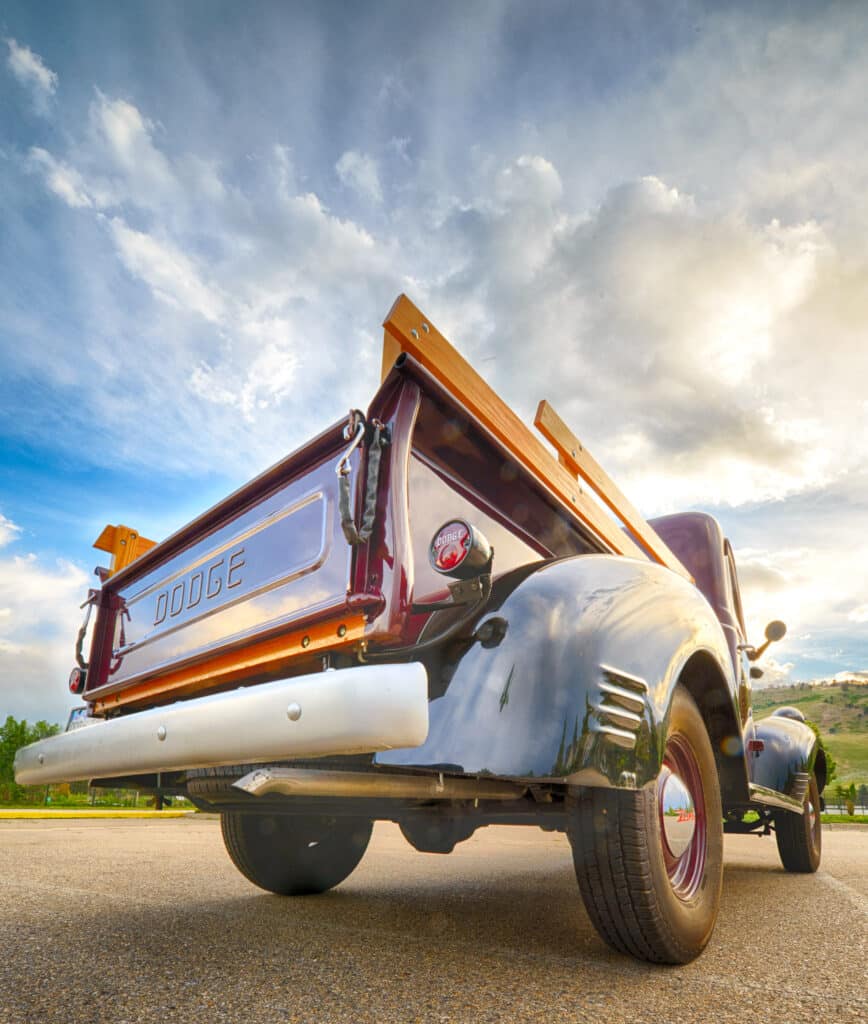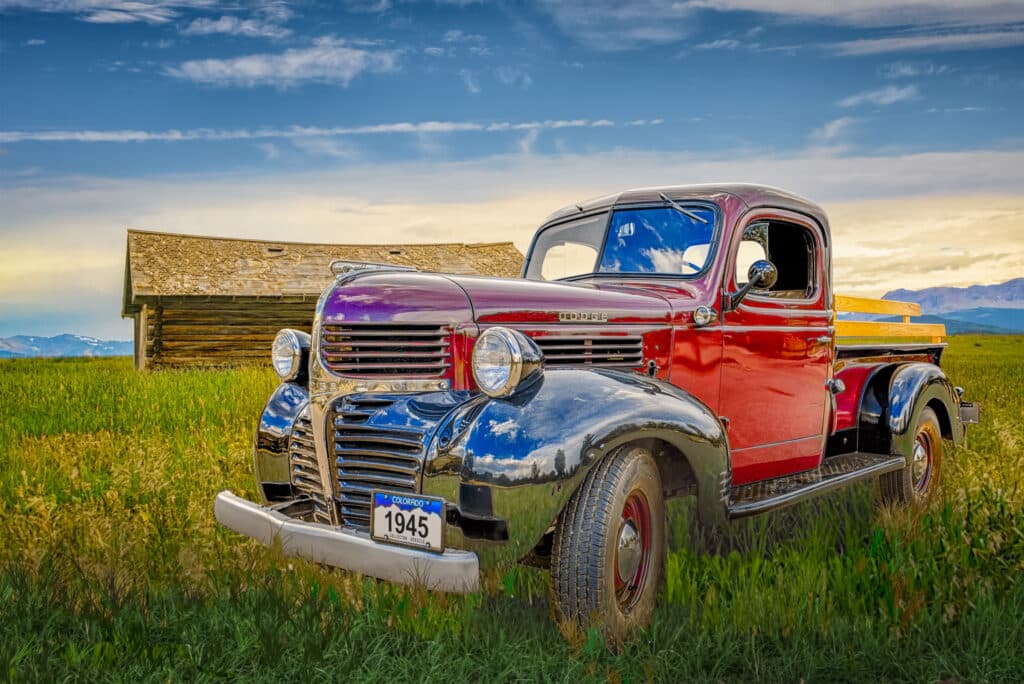By William Horton
This is the sixth in a series of articles on “Cars we have photographed and loved.”
Recently a Ferrari 250 GTO Berlinetta sold for $38 million USD. Many art-school grads were incensed that a mere automobile could sell for more than prime Picassos and Van Goghs. What they missed is that classic automobiles are not rivals for fine art but a new art form entirely.
Download a PDF-version of this article.
Automobiles can evince beauty in multiple dimensions and senses. The best do not just look good from a single angle. They appeal to other senses as well. Imagine the sound of a 12-cylinder engine winding up through the gears. Or the squeal of tires cornering at the limit. Consider the smells of leather, wax, rubber, and gasoline. And the feel of g-forces when accelerating, cornering, and braking. Perhaps art schools should spend more time on the works of Harley Earl, Battista Farina, Nuccio Bertone, and Peter Brock.
The notion that functional things should be beautiful is not new. For a few thousand examples, take a stroll through the Victoria and Albert Museum in London. We are so used to the form versus function comparison that we are surprised when a beautiful device reminds us that there is beauty in performance as well as appearance.
So what does this have to do with a 1945 Dodge Pickup truck? Two things. One, you do not have to spend $38 million or visit a museum to experience a vehicle that exemplifies the marriage of form and function. And, two, this humble working vehicle has the same stunning styling and purposeful performance as a Ferrari, a Rolex, or an iPhone.
History of the 1945 Dodge Half-Ton Pickup
As a business, Dodge started out as a parts supplier to Ford and other automobile manufacturers. Soon the pistol-packing John and Horace Dodge leveraged their reputation of supplying high-quality, reliable products into a full manufacturing concern, producing their first automobile in 1914. During World War I, they manufactured a panel van based on their automobile.
In 1929, a year after being bought by Chrysler, Dodge introduced its first half-ton pickup truck. In 1936, the half-ton pickups got a true truck-type chassis with welded cross-members instead of the old chassis used for cars. And, in 1939, the pickup got a complete redesign that lasted, with minor updates, through 1947. Within this period, the US-made half-ton models were designated WC, in contrast to the one-ton pickups that were designated WD.
Dodge applied the term Job Rated to their truck line. Advertisements touted Job Rated trucks, engines, transmissions, clutches, springs, and axels. The implication was that, unlike its competitors, Dodge designed and built each truck specifically as a work vehicle rather than merely bolting a truck body on a car chassis. Job Rated was not just advertising fluff: Dodge trucks achieved a reputation for power, economy, and reliability.
The styling of the 1939 design featured voluptuous, aerodynamic curves. True to the Art Deco style, the body of the 1939 Dodge Pickup was streamlined with simple, thought-out geometry. We’ll point out some of the styling features and cues when we present the photographs.
Throughout its run, this design had few changes. For one thing, Dodge got it right in the beginning. And, for another, the War years placed an emphasis on volume production, not model-year variations.
Here’s a summary of changes for the WC Half-Ton Pickup:
1939: Model introduced. The engine was a 70-horsepower, 201 cubic inch, L-head 6-cylinder unit. Other innovations included a wood-plank bed with steel skid strips.
1940: Grill revised. Sealed-beam headlights. Parking lights perched atop headlights. Separate left- and right-hand lug nuts.
1941: Parking lights moved to cowl. Horizontal chrome bars on alternating rows on the lower half of the grill.
1942: 218 cubic inch, 95 horsepower 6-cylinder engine.
1943: Horizontal chrome bars removed.
1944: Only minor engineering changes.
1945: Only minor engineering changes.
1946: Chrome returns.
1947: Model discontinued.
The car shown here
This 1945 Dodge half-ton pickup truck is part of the collection of James Terman of Boulder, Colorado.
What sets this car apart?
Though bought for reliability and performance, it is the curvaceous and streamlined Art Deco styling that makes this farm truck a stunner.
At the front, a pointed nose and swept windscreen, along with the teardrop fenders on the side, give a streamlined appearance.
The single windshield wiper was standard.
The running board, box sides, and tail gates are the only straight lines found on this vehicle.
The side rails were added by the current owner. Notice that the angle of the ends of the rails matches the angle of the speed lines on the front and rear fenders.
See the rubber-covered chain attached to the tailgate? That was a Dodge innovation.
Curves, curves, curves dominate the front. Also visible is the sealed-beam headlight, which became standard in 1940.
The hood emblem features a highly stylized, Art Deco rendition of a charging big-horn ram. Ram was not Dodge’s truck division at that time.
Though chrome was minimal in the 1945 model, this breastplate made sure no one mistook the brand.
During War years, some “blackout” models had normally chromed surfaces painted to match the body.
The bed consists of wood planks separated by steel skid-straps that prevent excessive wear of the wood. Wood beds continued in the Dodge line until 1985.
In this case, the wood of the bed and rails is a natural-finish ash. Restoration purists would paint the bed black regardless of the paint color.
The cab is functional with a simple bench seat and only necessary gauges.
The split cowl opening to the side was a common feature on vehicles from the 1930s.
The chrome across the front has been likened to a breastplate or to a sword bent back over the hood.
The engine is simple and accessible—a requirement for vehicles that must be repaired in the middle of a hay field or a battlefield.
No part of the design was ignored. Notice the modest, but legible, DODGE embossed into the tailgate.
The Dodge Half-Ton Pickup was a practical beauty. Decades of hard work have not diminished its stunning lines.
Facts and figures
Make and model: 1945 Dodge TC
Sequence: Model introduced in 1939
Body style: Pickup truck with 7.5-foot bed
Wheelbase: 116 in (295 cm)
Engine type: L 6-cylinder
Engine size: 218 cubic inches (3.57 L)
Engine power: 95 horsepower (70.84 kW)
Transmission: 3-speed manual
Drive train: 2-wheel, rear drive
Fuel: Gasoline
Front suspension: Leaf-spring solid axle
Rear suspension: Leaf-spring solid axle
Brakes: Hydraulic, drum
Thinking of buying one?
Want a curvaceous classic but don’t have the millions for a vintage Cobra or Ferrari? A Dodge pickup may be just what you and your financial advisor are looking for.
Many were made over a long production run with few changes along the way. These trucks were designed to last a long time. And options were few. As a result, there are plenty of Dodge pickups in drivable or restorable condition. And parts are plentiful for a vehicle out of production for over 65 years.
The example pictured here is not for sale, but you can buy one that rolls for $5,000, one that drives for $15,000, and one that wins local car shows for $50,000.
Short on cash but long on time and mechanical skills? Think of restoring one. The design is simple and parts are readily available. Although your local parts store may have only the most basic pieces, specialty manufacturers can supply rebuild kits for engines, transmissions, clutches, and brakes. Rubber gaskets are available too. Local automobile upholstery shops can repair the simple bench seat. Rust-free fenders may be expensive, however.
One tip, I’ve heard: Though you can mix complete assemblies from year to year, be careful about mixing individual components from differing years as internal components were updated for reliability.
Want photos?
To license photographs or purchase prints, contact us using the form to the right. Here is more information about our fine art prints.

